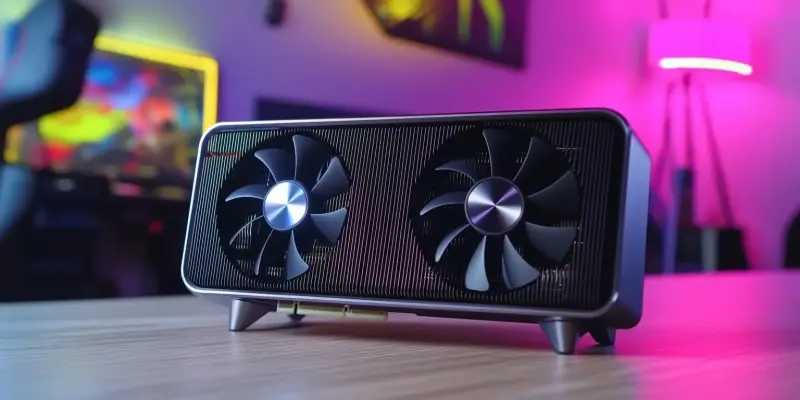Gamers constantly aim for the best performance, tweaking settings and updating hardware to push their systems to the limit. However, even powerful systems can be affected by software changes, and Nvidia’s transition from the Nvidia Control Panel and GeForce Experience to the Nvidia App has sparked interest and concern among the gaming community. This new app offers a plethora of features, including various settings, driver updates, and an overlay with game filters, video recording, and performance metrics. The big question is: does this app significantly affect gaming performance?
Performance Testing and Impact
Performance tests on the Nvidia GeForce RTX 4070 Super, utilizing a Ryzen 7 7800X3D system with 32 GB of DDR5-6000 memory at a native 1440p resolution, provided insights into the impact of the Nvidia App on gaming performance. The results revealed that the performance impact varies depending on the game, ranging from as low as 3% to as high as 16%. For most games, the performance degradation is seemingly minor, falling within the 3% to 7% range. However, in certain titles such as Hogwarts Legacy, the default settings triggered a more substantial 16% decrease in performance.
A significant culprit for this performance drop is linked to the “Game Filters and Photo Mode” setting within the overlay. When this specific feature is enabled, the performance hit is most notable. Thankfully, users do not need to uninstall the entire Nvidia App or disable the complete overlay to resolve the performance issue. Simply turning off the game filters and photo mode feature restores the FPS to its optimal level while keeping other overlay features like performance metrics or video recording enabled without seeing significant impacts on performance.
Overcoming the Nvidia App Bug
It is essential to note that Nvidia recognizes the performance issues tied to the overlay and is actively working on a fix. This problem is identified as a bug within the Nvidia App’s overlay rather than a general flaw in the software itself. While users await an official update from Nvidia, the company’s interim advice is clear: to maintain peak performance, gamers should disable the game filters and photo mode setting.
By understanding and managing this bug, users can continue to utilize the Nvidia App’s functionalities, including its seamless driver updates and customization options, without experiencing substantial performance degradation. This solution ensures that gamers do not have to sacrifice important features to maintain optimal system performance.
Conclusion and Recommendations
Gamers always strive for peak performance, constantly adjusting settings and upgrading hardware to get the most out of their systems. However, even high-end setups aren’t immune to software changes. Nvidia’s shift from the Nvidia Control Panel and GeForce Experience to the new Nvidia App has caught attention and sparked concern among the gaming community. This latest app introduces a wealth of features, such as an array of settings, driver updates, and an overlay that includes game filters, video recording, and performance metrics.
The critical question now is whether this new app has a significant impact on gaming performance. Gamers are especially interested in understanding how the additional functionalities could affect their systems’ overall efficiency and in-game experience. While the app aims to be a comprehensive tool offering convenience and enhanced performance tracking, it also raises concerns about potential resource consumption. Given the continuous pursuit of optimal performance, gamers are eager to see if this new software will help or hinder their gameplay experience.

